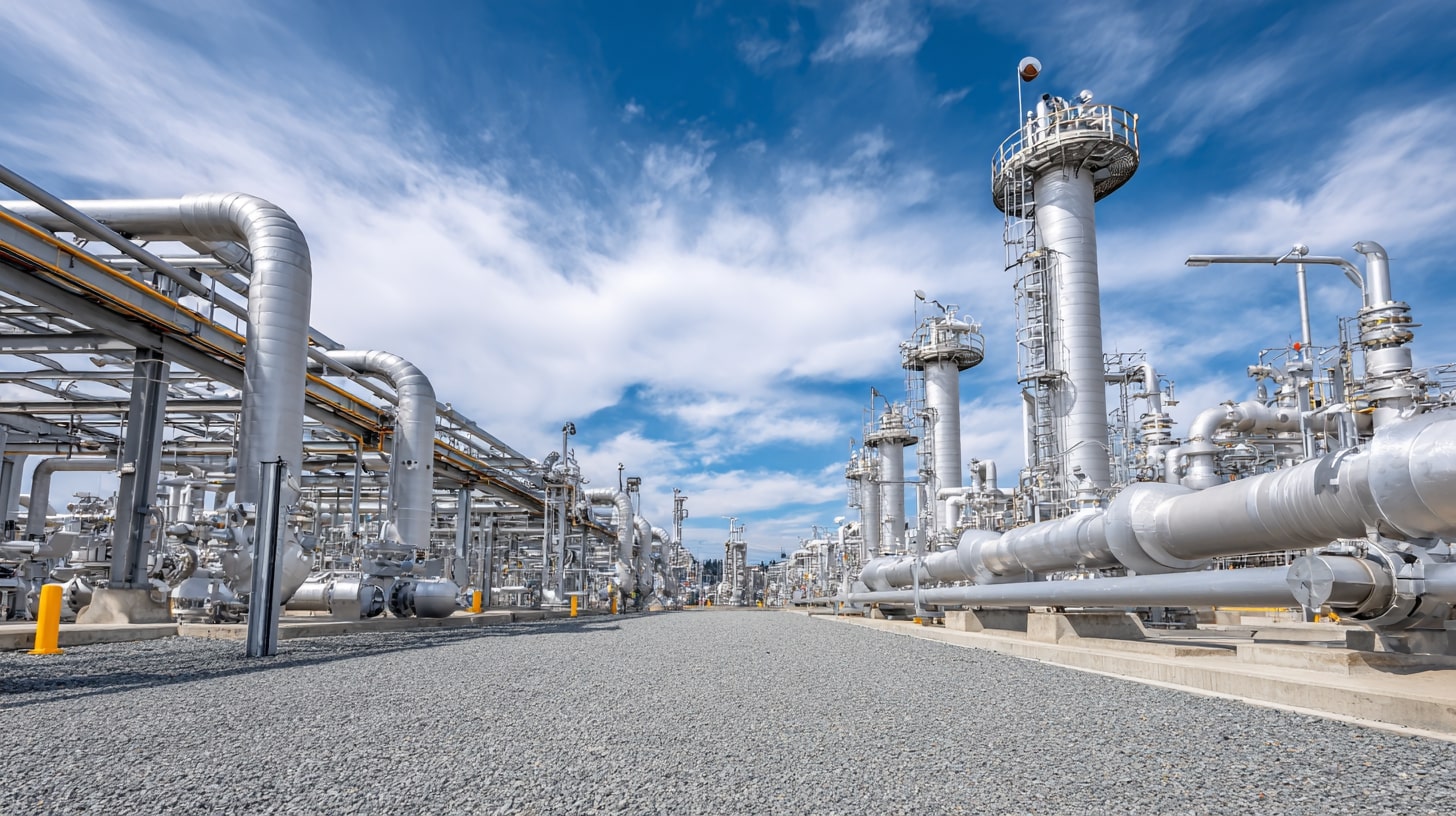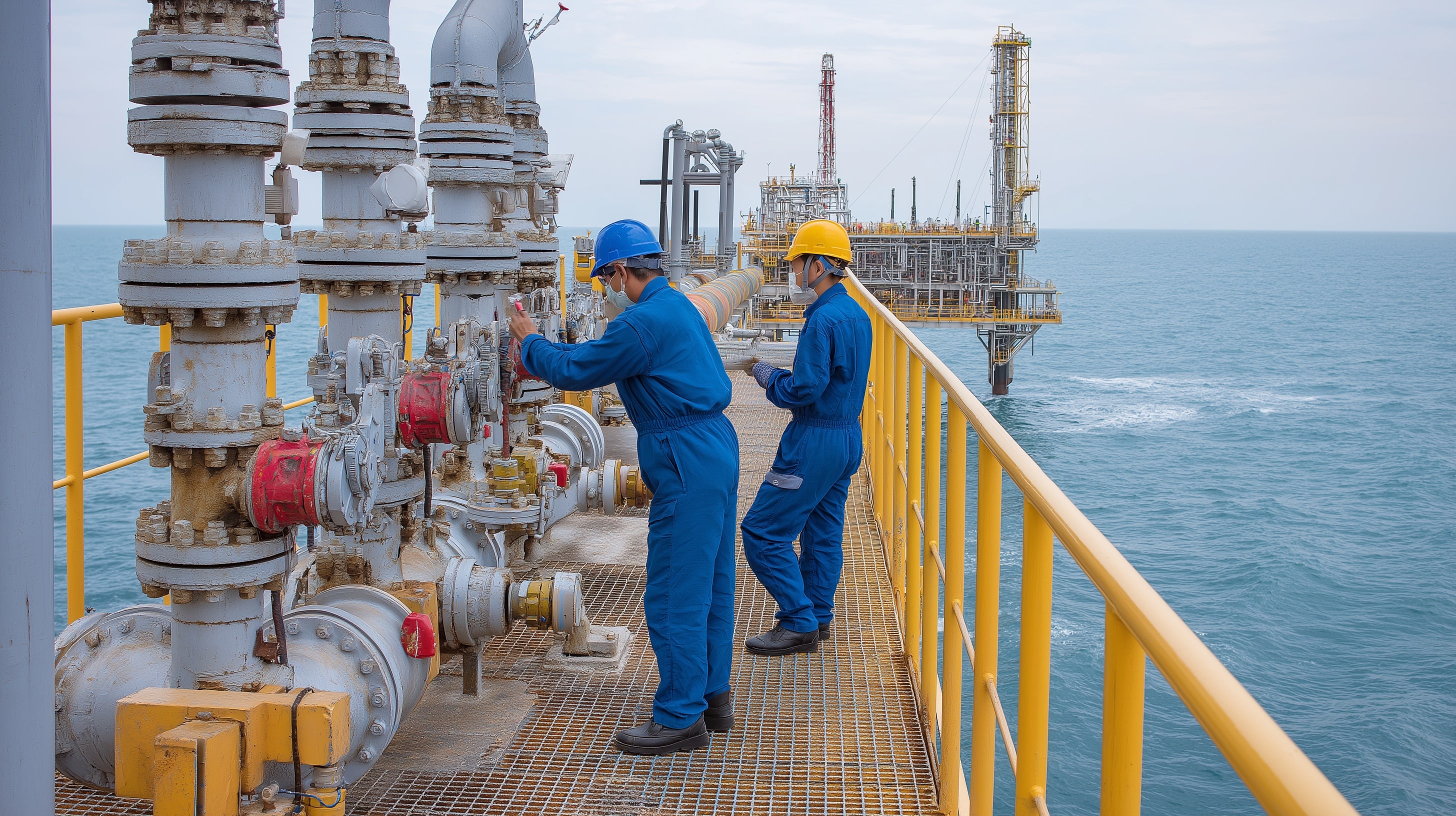Natural Gas (NG=F) Stabilizes at $3.33 as Markets Balance Oversupply and Export Growth
Natural gas futures have entered a critical phase as NG=F trades at $3.33/MMBtu, down 3.43% on October 4, after briefly testing resistance near $3.59 earlier in the week. This correction follows an 11-week rally driven by low storage builds and rising export demand. Despite a strong injection season, analysts at UBS expect U.S. inventories to peak near 4 trillion cubic feet (Tcf) by the end of October — the highest level in several years — creating an ample buffer ahead of winter demand. Yet, the abundance is masking a looming supply-demand shift: LNG export capacity continues to expand aggressively, setting the stage for price recovery through 2026.
UBS Forecast: Export Growth to Exceed 18 bcf/d by 2026
According to UBS strategists Giovanni Staunovo and Wayne Gordon, the U.S. natural gas market is transitioning from domestic oversupply to export-driven tightening. Pipeline exports already reached 9.75 billion cubic feet per day (bcf/d) in August, while LNG exports climbed to 14.7 bcf/d, both near record levels. The Energy Information Administration (EIA) projects LNG loadings to surpass 16 bcf/d by late 2025 and 18 bcf/d by the end of 2026 — a 22% increase that could lift longer-dated U.S. gas prices. UBS expects December contracts to trade near $3.50–$3.60, with 2026 forward prices potentially testing $4.20 as higher returns are needed to sustain production.
Technical Setback: Reversal from the 200-Day Moving Average
On the technical front, NG=F reversed sharply from its 200-day moving average at $3.59, forming a shooting star candlestick on Thursday that triggered profit-taking. The breakdown below $3.33 marked a near-term bearish signal, aligning with a pullback to the 10-day and 20-day moving averages at $3.14 and $3.08 respectively. Should these supports fail, traders expect a retest of $3.00, with a potential extension toward $2.97–$2.90 — the gap left by late-September trading. The RSI remains neutral, suggesting additional downside before renewed accumulation.
Slowing Supply Growth: Associated Gas Output Declines
UBS warned that total U.S. gas output could stagnate as lower oil drilling reduces associated gas production — which accounted for 37.4% of national supply in 2023. With oil prices (CL=F) down over 14.5% year-to-date, shale operators have cut rigs and deferred completions, shrinking the growth buffer that previously cushioned prices. The Dallas Federal Reserve’s third-quarter survey confirmed another decline in upstream activity, citing high input costs and administrative pressure for $40/barrel crude. The drop in associated gas production may tighten supply by mid-2025, offsetting today’s inventory surplus.
Climate Factors: Warm October, La Niña Risks, and Arctic Volatility
Meteorological models point to an 80% likelihood of a warmer-than-normal October–November, which could depress near-term heating demand. However, climatologist Jim Roemer of Best Weather Inc. highlighted that weak La Niña conditions, coupled with a negative Pacific Decadal Oscillation (PDO), often lead to volatile winters across the northern U.S. and Europe. Roemer noted that Arctic amplification and reduced sea ice could destabilize the jet stream, triggering severe cold snaps in December or January despite overall mild trends. Historically, winters following warm Octobers have been colder than normal only 17% of the time — yet price spikes during those rare cold events have been dramatic, with NG=F gains exceeding 40% within weeks.
Power and Industrial Demand Diverge
Domestic demand remains mixed. Power-sector consumption was muted this summer due to milder weather, yet industrial demand stayed firm, particularly in petrochemicals and fertilizer manufacturing. The EIA projects total U.S. gas consumption to climb modestly this winter, with prices stabilizing near $3.30–$3.50/MMBtu under normal conditions. Should LNG feed gas demand stay elevated above 14 bcf/d, even small cold-weather shocks could drive volatility similar to early 2022 when prices doubled to $6/MMBtu.




















